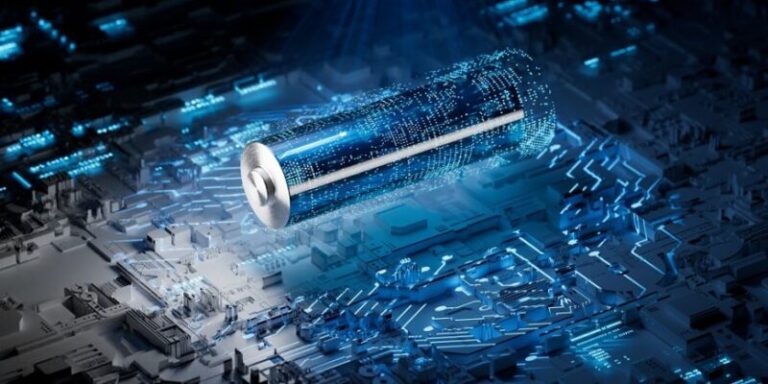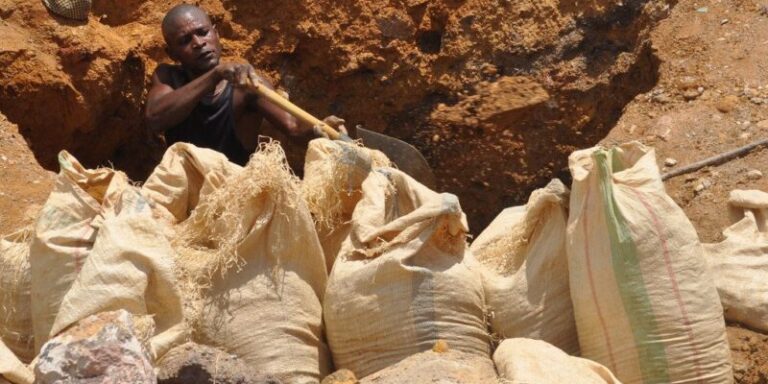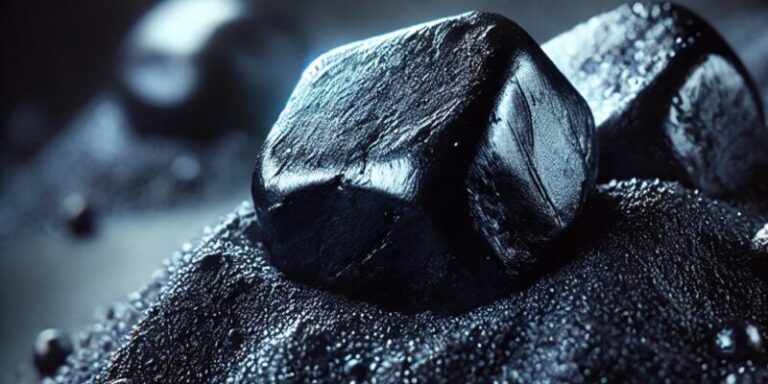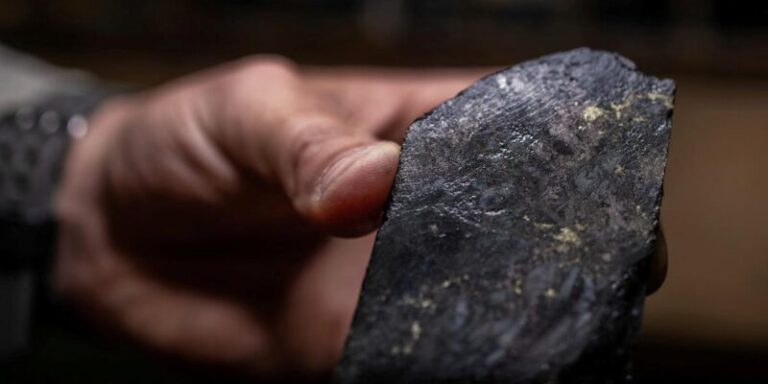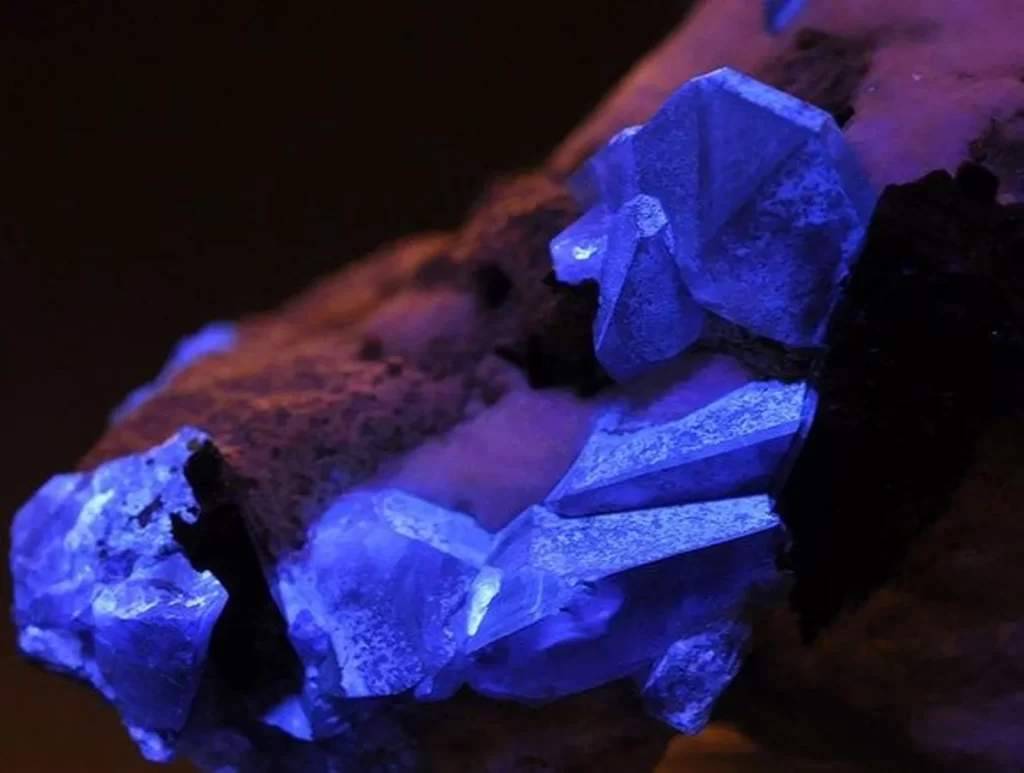
Cobalt, an element often overlooked, possesses unique properties that make it a prized resource in various industries.
From aerospace engineering to renewable energy, cobalt plays a crucial role in powering our modern world.
However, what many people fail to realize is that cobalt is actually quite rare on Earth. In this article, we will explore the scarcity of cobalt, its significance, and the implications it has for our future.
The Elusiveness of Cobalt
Cobalt, with its atomic number 27 and chemical symbol Co, is a hard, lustrous, and silver-gray metal. It is a key component of many alloys, magnets, and high-performance batteries, including the widely used lithium-ion batteries.
While cobalt is an essential element for various applications, it is not abundant in the Earth’s crust.
Compared to other common elements such as iron or aluminum, cobalt is relatively scarce. It is estimated that cobalt’s concentration in the Earth’s crust is approximately 25 parts per million (ppm).
To put this into perspective, the Earth’s crust contains significantly higher concentrations of other metals such as iron (5%) and aluminum (8%).
This scarcity is one of the reasons why cobalt commands a higher price in the global market.
Geological Origins
Cobalt is primarily found in association with other metals such as copper and nickel. Most of the world’s cobalt is extracted as a byproduct of copper and nickel mining.
The Democratic Republic of Congo (DRC) is the largest producer of cobalt, accounting for more than half of the global cobalt supply. Other significant sources include Canada, Russia, Australia, and the Philippines.
Challenges in Cobalt Extraction
While cobalt reserves exist in various regions, the extraction process poses numerous challenges. Cobalt often occurs in low concentrations and is dispersed throughout the host minerals, making its separation and extraction complex and costly.
Additionally, geopolitical factors, such as political instability and conflicts in the Democratic Republic of Congo, contribute to the challenges of sustainable and ethical cobalt sourcing.
The Role of Cobalt in Modern Technologies
Cobalt’s unique properties make it indispensable in several cutting-edge technologies. The most notable application is in rechargeable lithium-ion batteries, which power our smartphones, laptops, electric vehicles (EVs), and renewable energy storage systems.
The high energy density and thermal stability of cobalt-based cathodes make them ideal for these applications.
The increasing demand for electric vehicles and renewable energy sources further emphasizes the significance of cobalt in our transition to a cleaner and more sustainable future.
Cobalt’s Future Prospects
As the world shifts toward renewable energy and electric mobility, the demand for cobalt continues to rise. However, concerns over the ethical and sustainable sourcing of cobalt have also come to the forefront.
There is a growing emphasis on responsible cobalt mining practices to ensure environmental sustainability and fair labor conditions.
To reduce the dependency on cobalt, researchers are exploring alternative materials and battery chemistries.
Scientists are actively working on developing cobalt-free cathode materials or reducing the cobalt content in batteries without compromising their performance.
These efforts aim to diversify the supply chain and mitigate the risks associated with cobalt scarcity.
Cobalt, despite its relative scarcity on Earth, plays a pivotal role in powering our modern technologies. Its rarity and unique properties have made it a highly sought-after resource. However, the limited availability of cobalt poses challenges for sustainable and ethical sourcing.
As we continue to explore alternative materials and technologies, it is crucial to strike a balance between meeting the growing demand and ensuring responsible cobalt extraction practices.
Only through such measures can we harness the true potential of cobalt while preserving.


